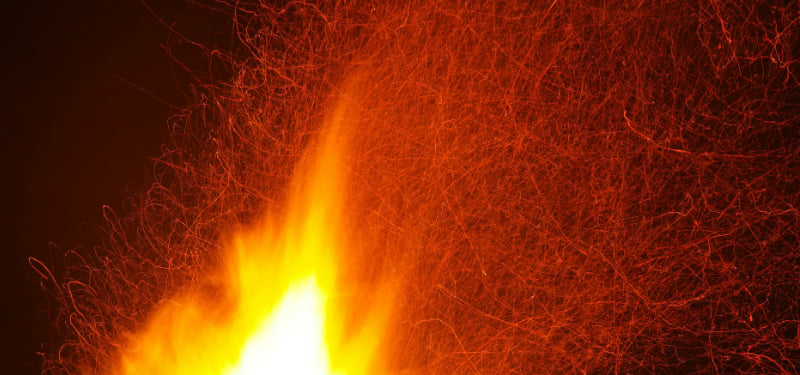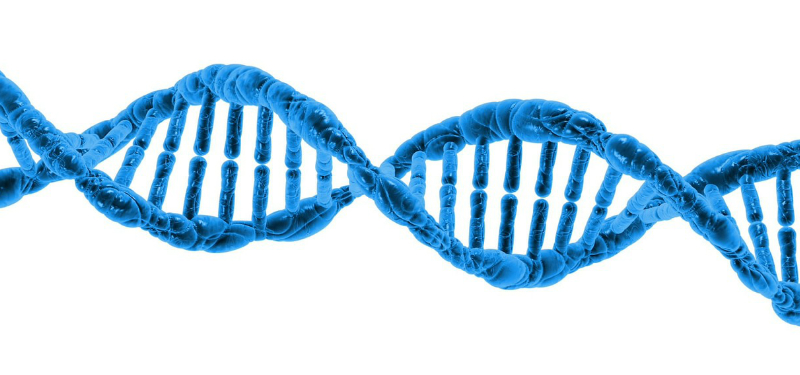The select cancers we cover under our free home healthcare services for EEOICPA and RECA beneficiaries are in large part caused by high levels of exposure to radiation. The potential to develop a radiation-induced cancer is particularly high in some professions, such as those which are associated with the mining and nuclear power industries. Many people don’t realize that we are actually bombarded with radiation every day as a natural part of the atmosphere, but our bodies are well adapted to resist most of it. When we are talking about radiation-induced cancers, however, we are talking about the large exposure to radiation that causes cell damage and which can result in bodily system failure. To understand radiation-induced cancer and how to fight and prevent it, let’s explore what it is, how it is found, and what you can do if you are diagnosed with cancer as an EEOICPA or RECA beneficiary.
What Radiation Is

Radiation is a word that specifies the amount of energy particular substances give off. All substances are made of particles which are bound together by smaller particles called electrons. The more electrons a substance has, the more energy it gives off. This means that no matter where you go, you are always exposed to some form of radiation. Heat is a form of radiation. Radio tuners use radio wave energy to transmit messages, which is considered radiation. The cell phone in your pocket is emitting radiation. Even a kiss can emit radiation.
Knowing this is no cause for alarm, however, as scientists have found that low energy levels of radiation don’t have any effects on biological function, meaning that a kiss is most likely not going to give you cancer. Higher energy levels of radiation, however, are worrisome because there is a strong correlation between cancer and high energy radation over extended periods of time.
Where to Find High Energy Radiation

The worrisome types of radiation are generally found in radon, uranium, plutonium, and other heavy metals, all of which present a risk to miners and nuclear power plant operators, like we specified at the beginning. Dangerous radiation is also found in x-rays and CT scans which doctors use in medical imaging, both of which can increase the likelihood of cancer. This type of radiation, also known as ionizing radiation, is harmful to biological life as it can mutate and damage healthy cells. For professions that require exposure to this type of radiation, many measures are in place to ensure that exposure is minimal, but this wasn’t always the case. Many elderly people who previously held jobs working with these elements now have serious health problems because of a previous lack of understanding regarding these risks. Though the risk of exposure to radiation in US professions have been minimized and the average person is unlikely to be exposed to a lot of ionizing radiation, several workers today still commonly contract these radiation-realated diseases.

Simply by manipulating the cells’ DNA, high energy radiation sets in and causes many different types of cancer. The types specified under EEOICPA are specifically those which the government has identified as occupational cancers, and which can be found on our EEOCIPA and RECA services page. Though we won’t cover all of the cancers in this post, suffice it to say that these are all the result of harmful radiation which damaged cells to the point that some functioning parts of the tissues and organ systems have stopped working.
How to Prevent / Heal Radiation-Induced Cancer

The only way to prevent radiation-induced cancer is to avoid jobs and other industrial sites that potentially expose you to heavy metals or other high energy radiation sources. This is an impossibility for some workers, of course, but this is the only way to be sure that dangerous radiation can fully be prevented.
As far as healing, if cancer has already set in, many doctors advise chemotherapy (which stops cell division) or surgery (which can remove masses in the tissues of different organ systems). Many times this can eliminate cancer, but there are some cancers that can only be managed and others still that don’t have a way of being treated. It is recommended, however, that no matter what type of cancer has developed due to radiation exposure, to live a healthy and active lifestyle. This includes many types of vegetables, plenty of water, and an abundance of exercise. Though there is no cure to cancer yet, there is a strong link between a well-balanced life and the body’s ability to fight offer cancer with assisted treatments.
Taking the Next Step
If you are an EEOICPA or RECA beneficiary, you are eligible to receive free home health care services from our team of trained nurses, doctors, and other medical professionals. If you have a radiation-induced cancer, we can help assist all of your healthcare provider’s recommendations for you and work to help you live an abundant and fulfilling life. To take advantage of these benefits today, call us at (800) 314-2383. We will help you to take the next step in battling your occupational illness.